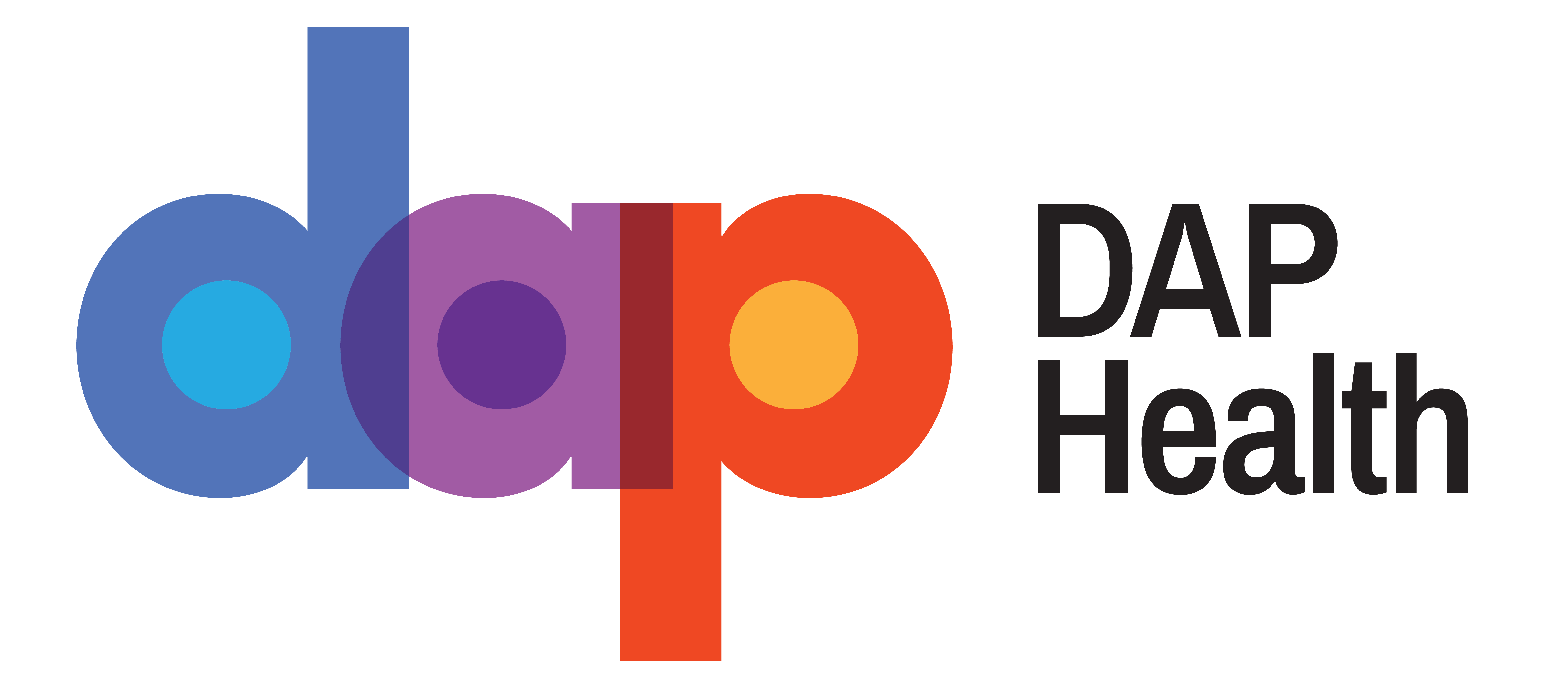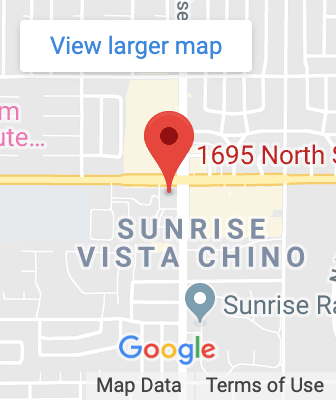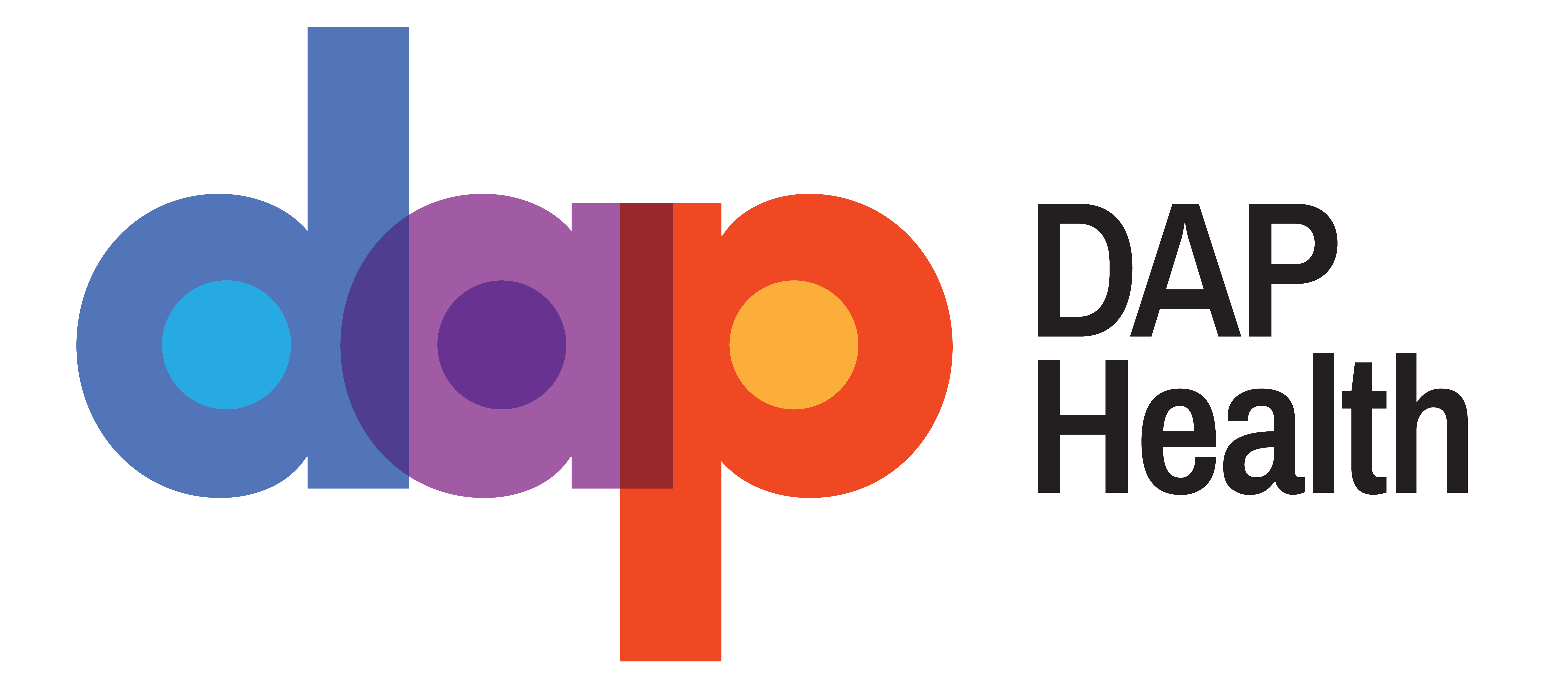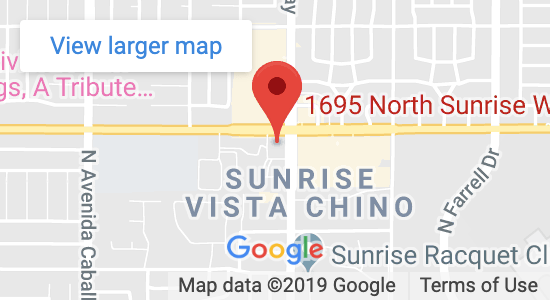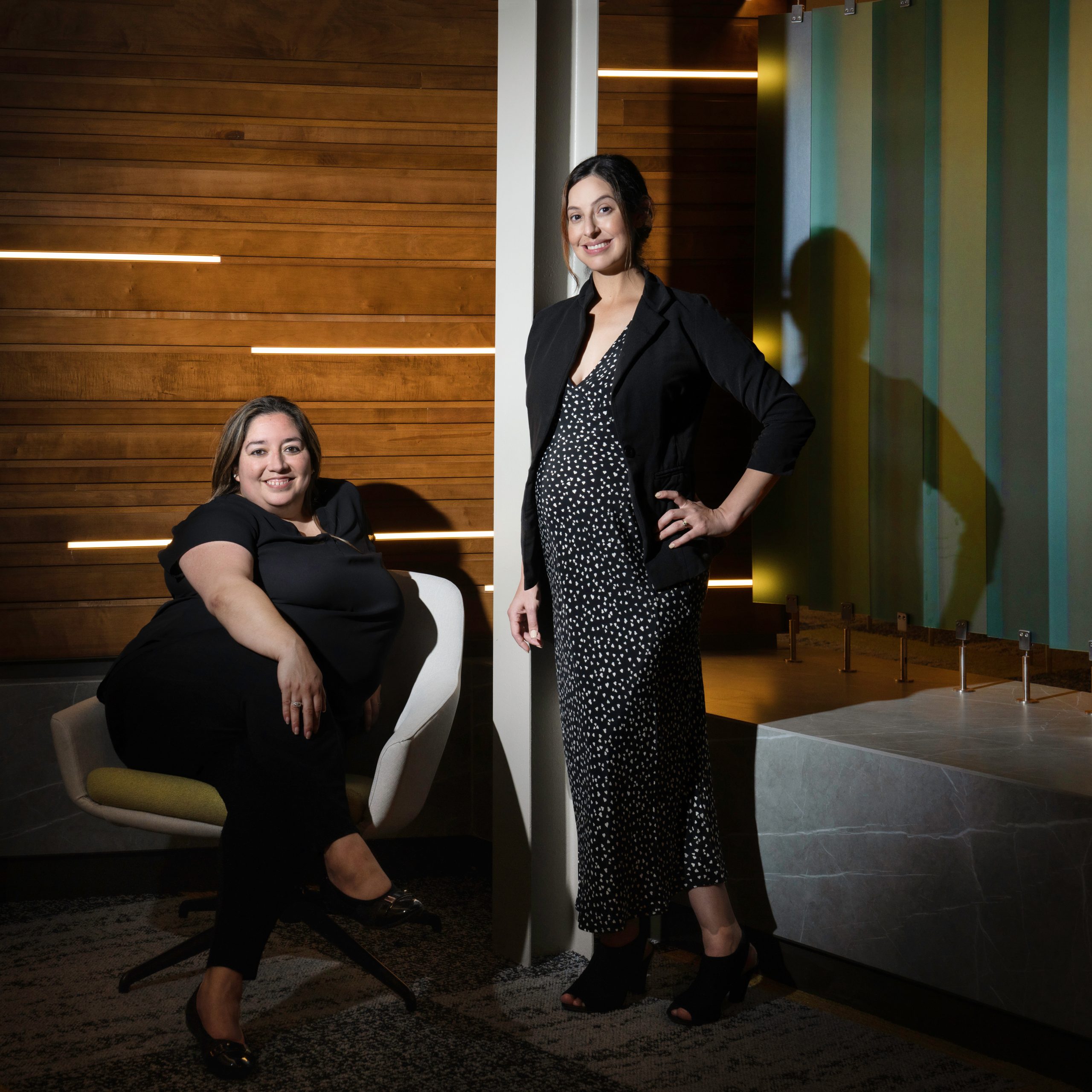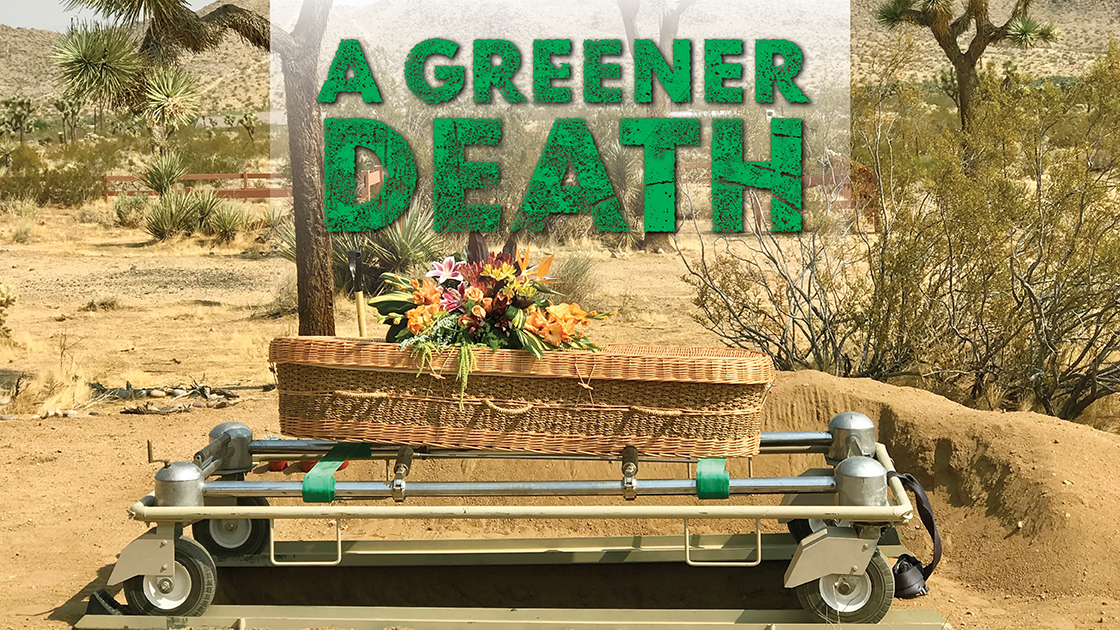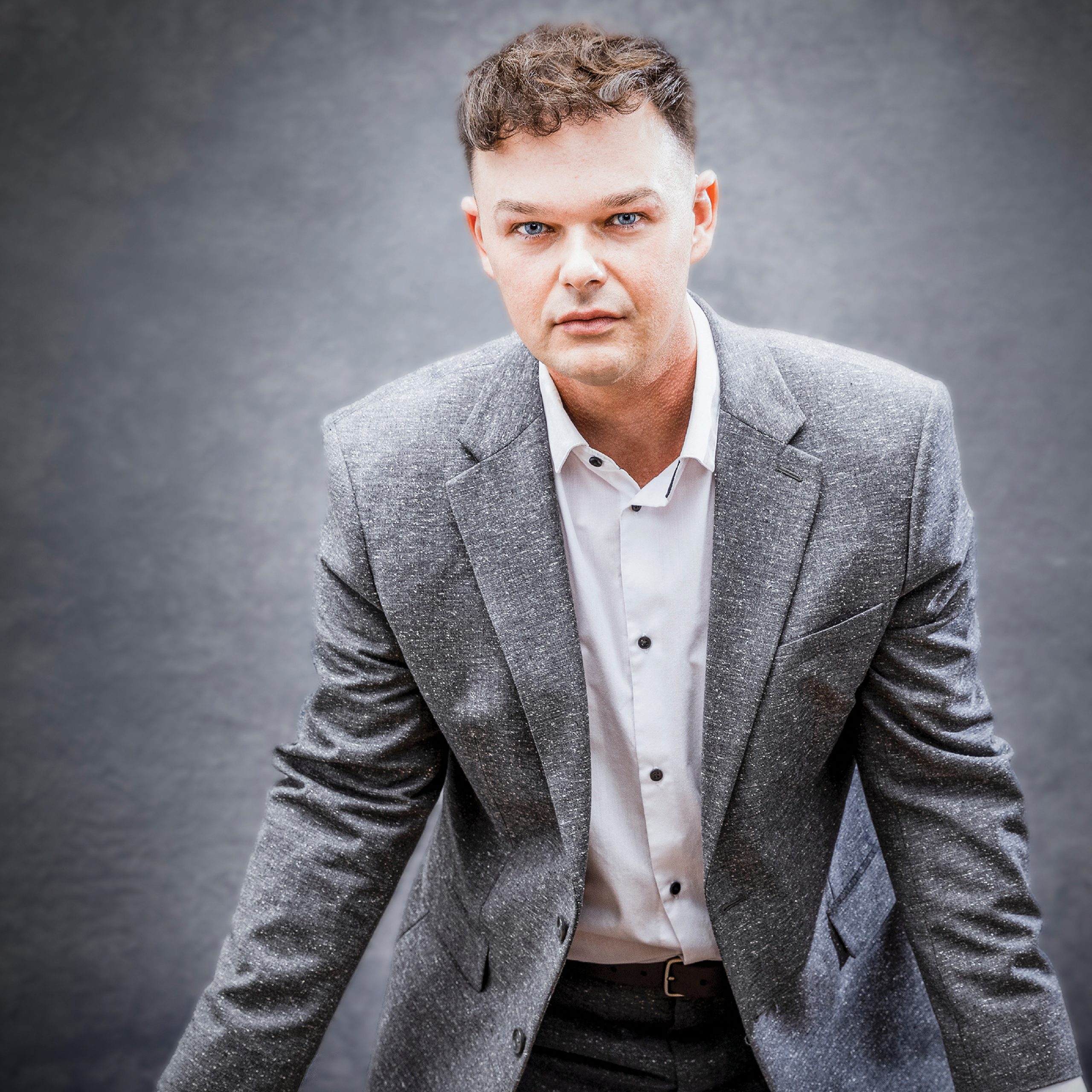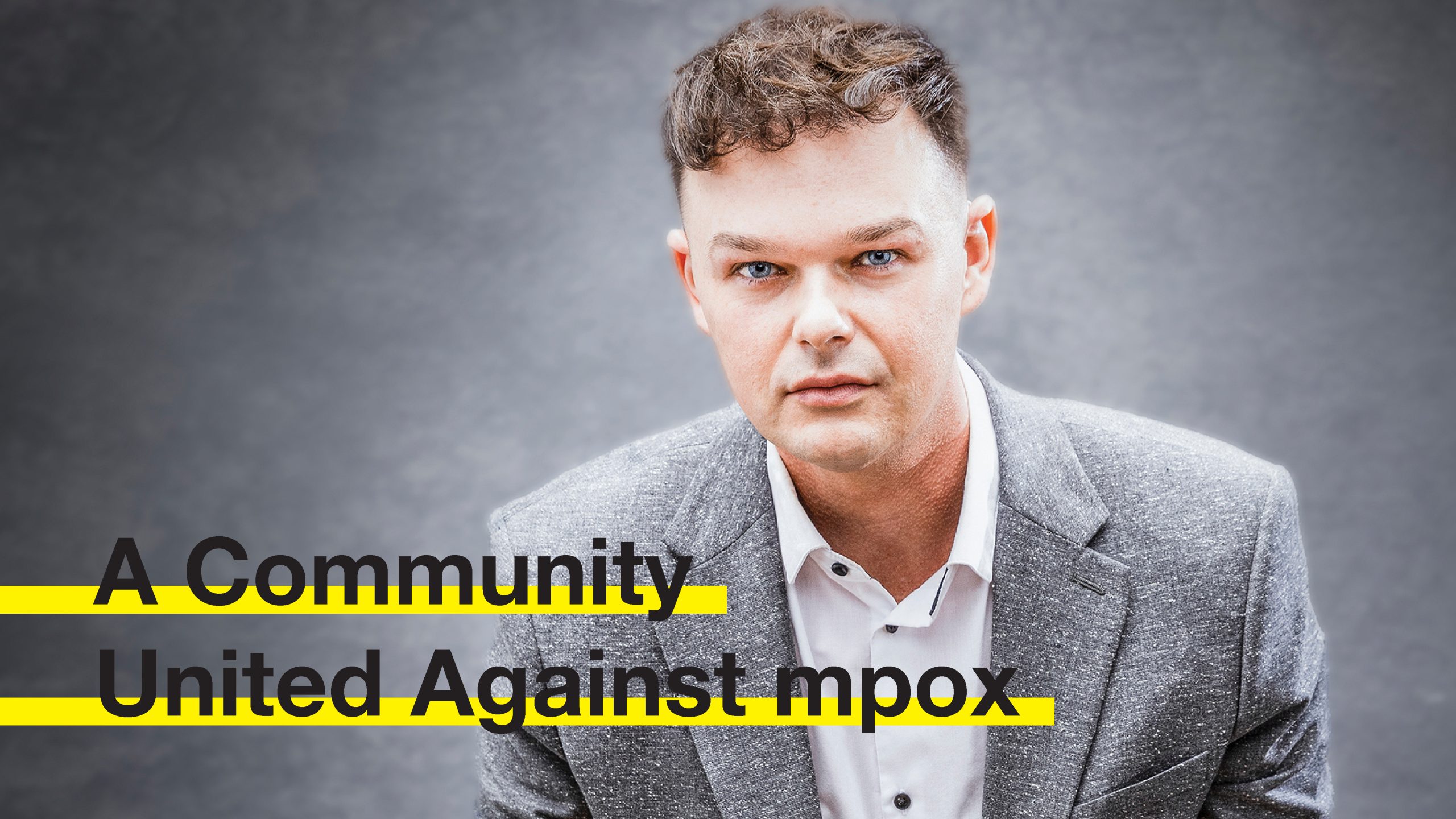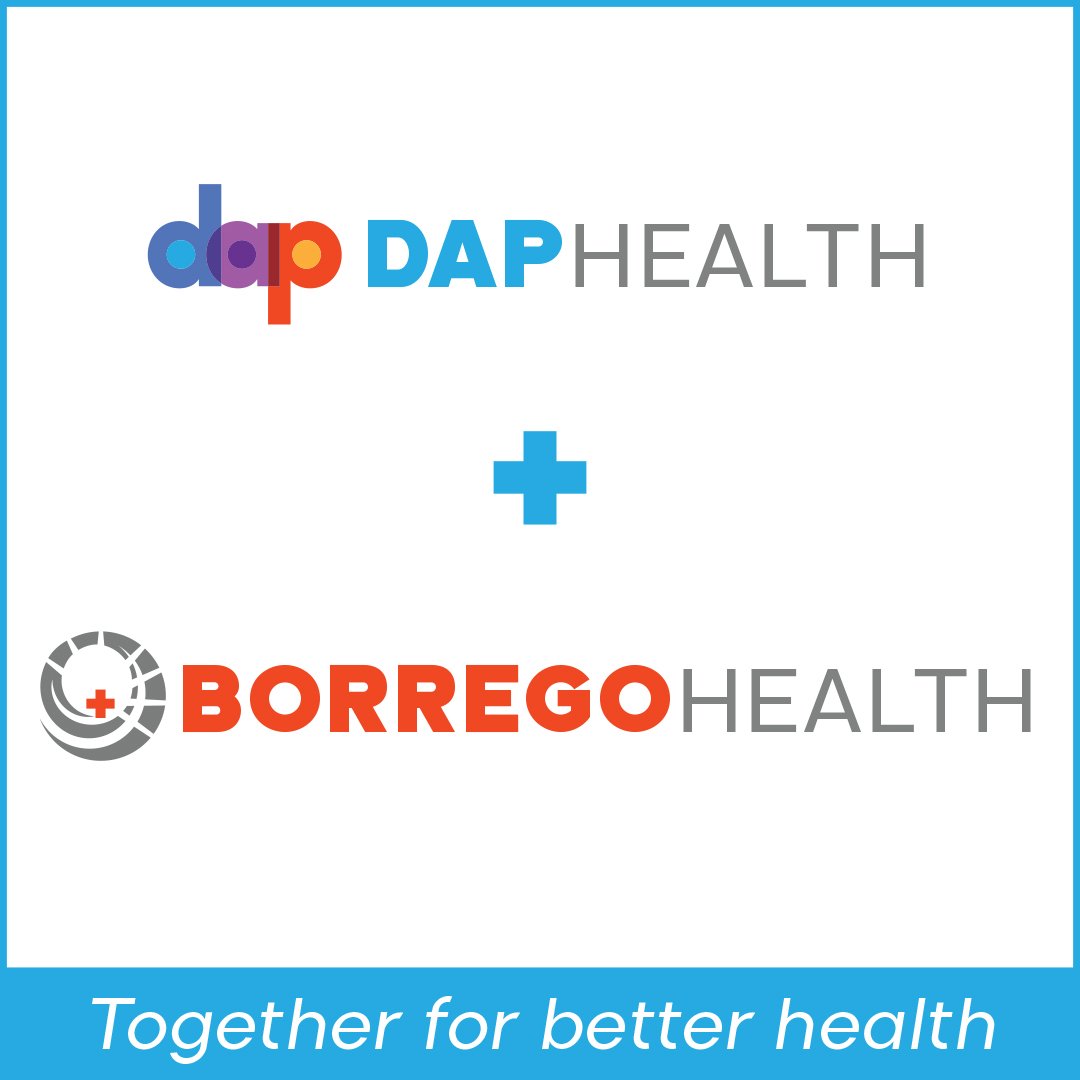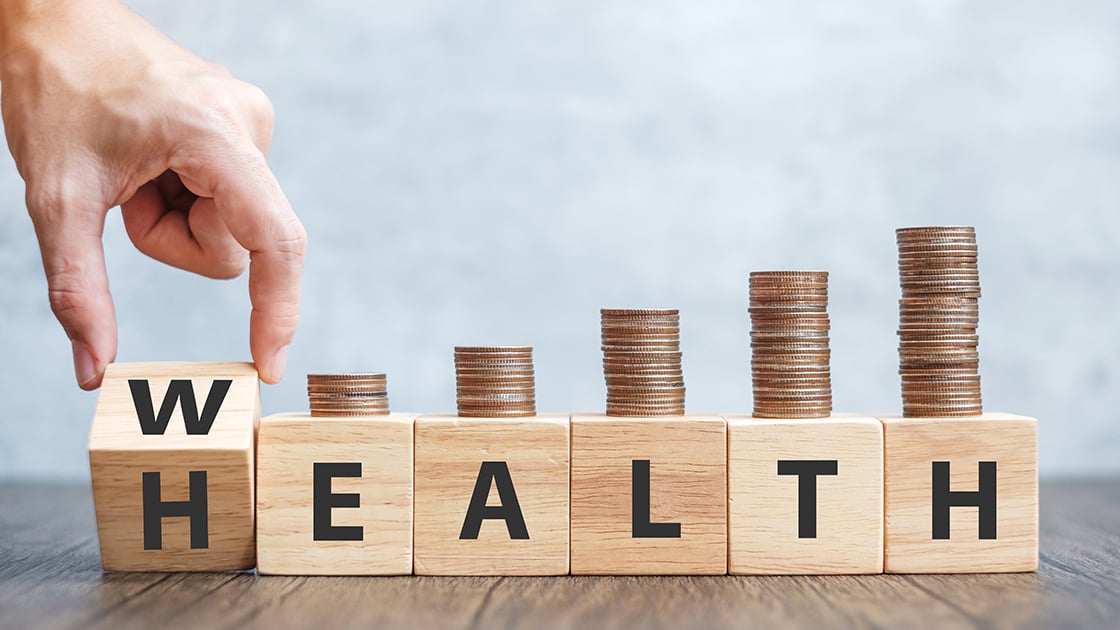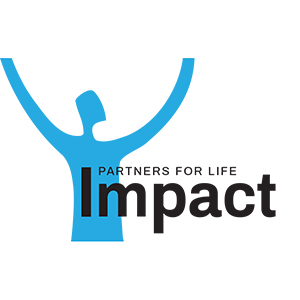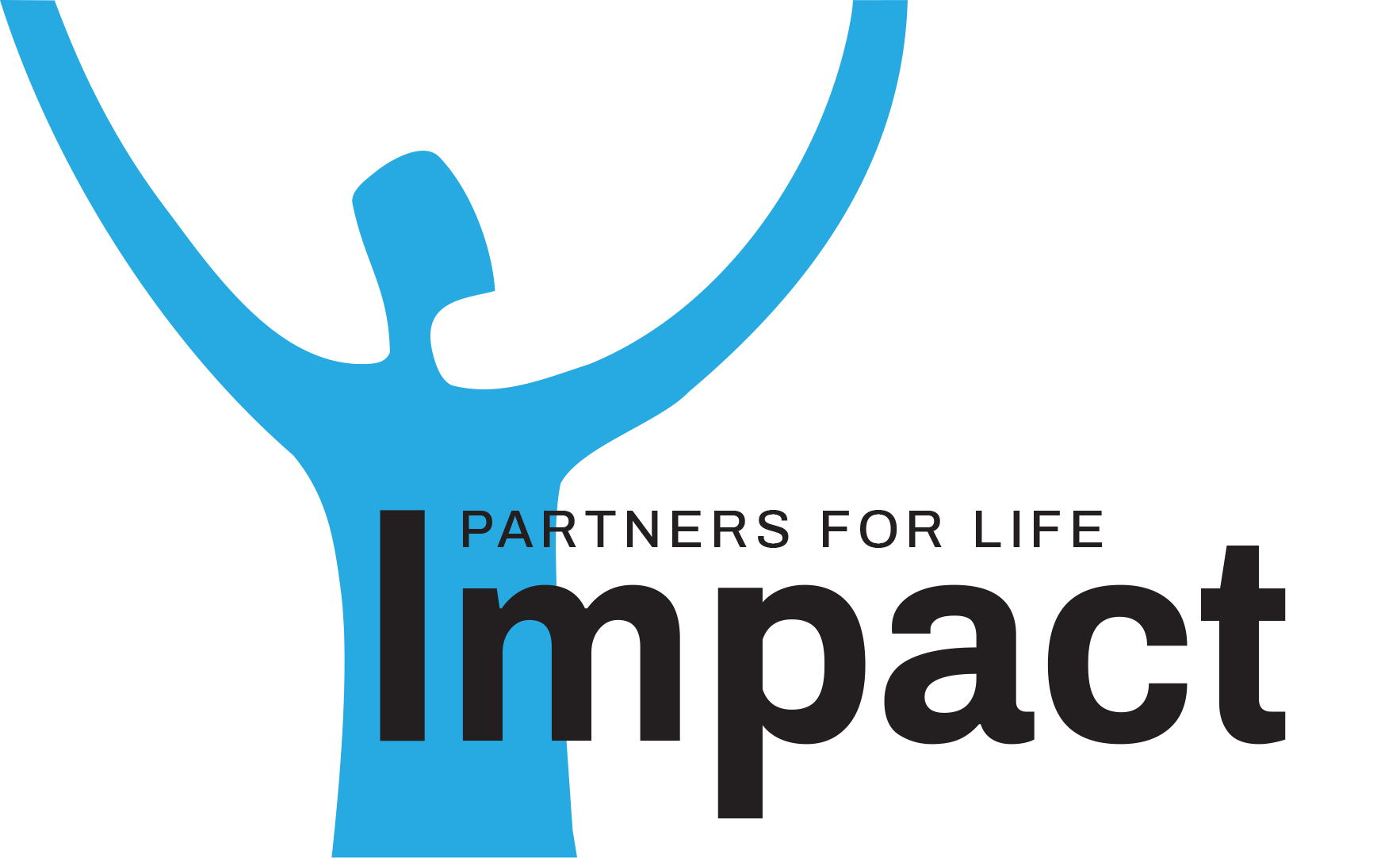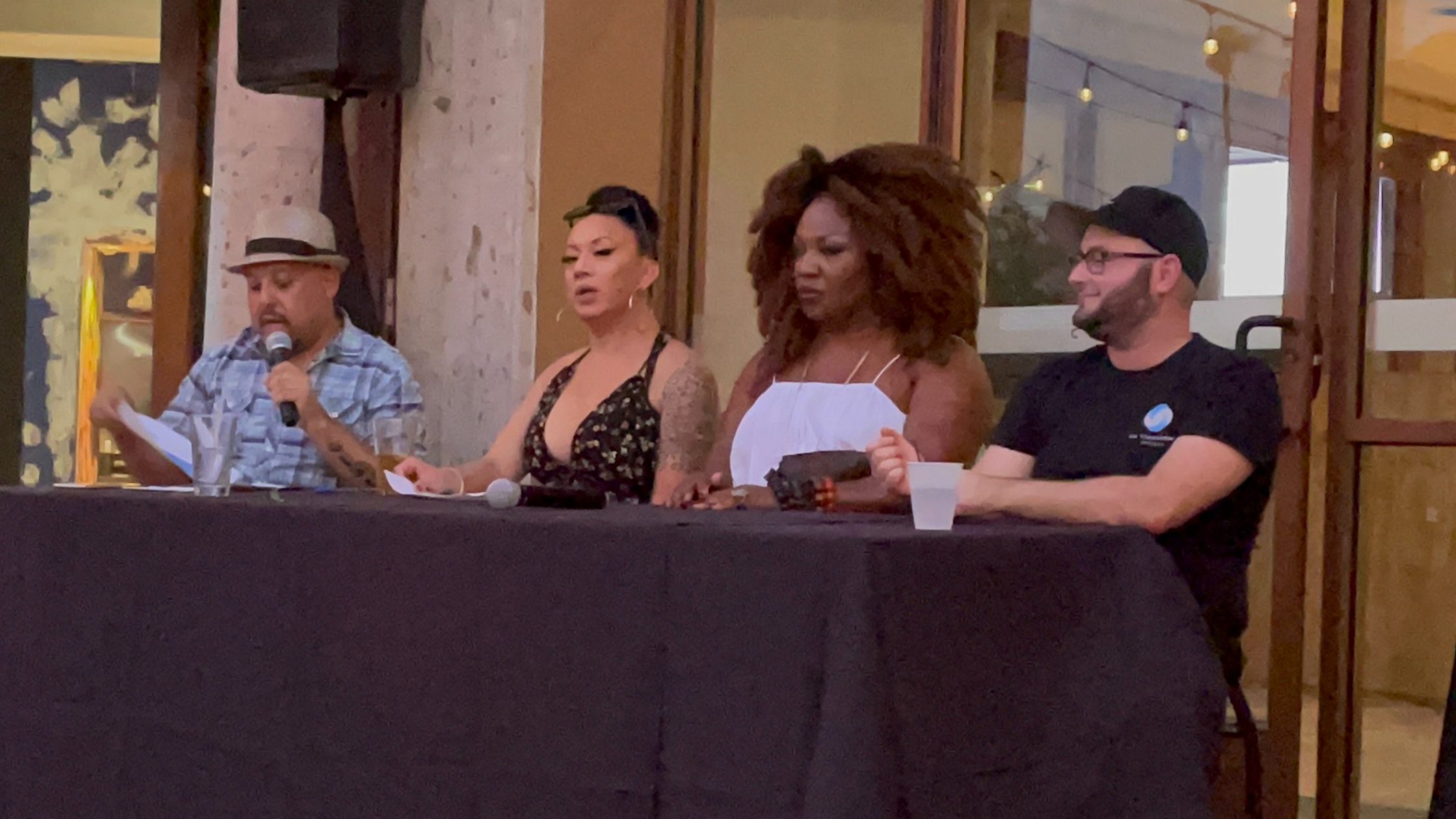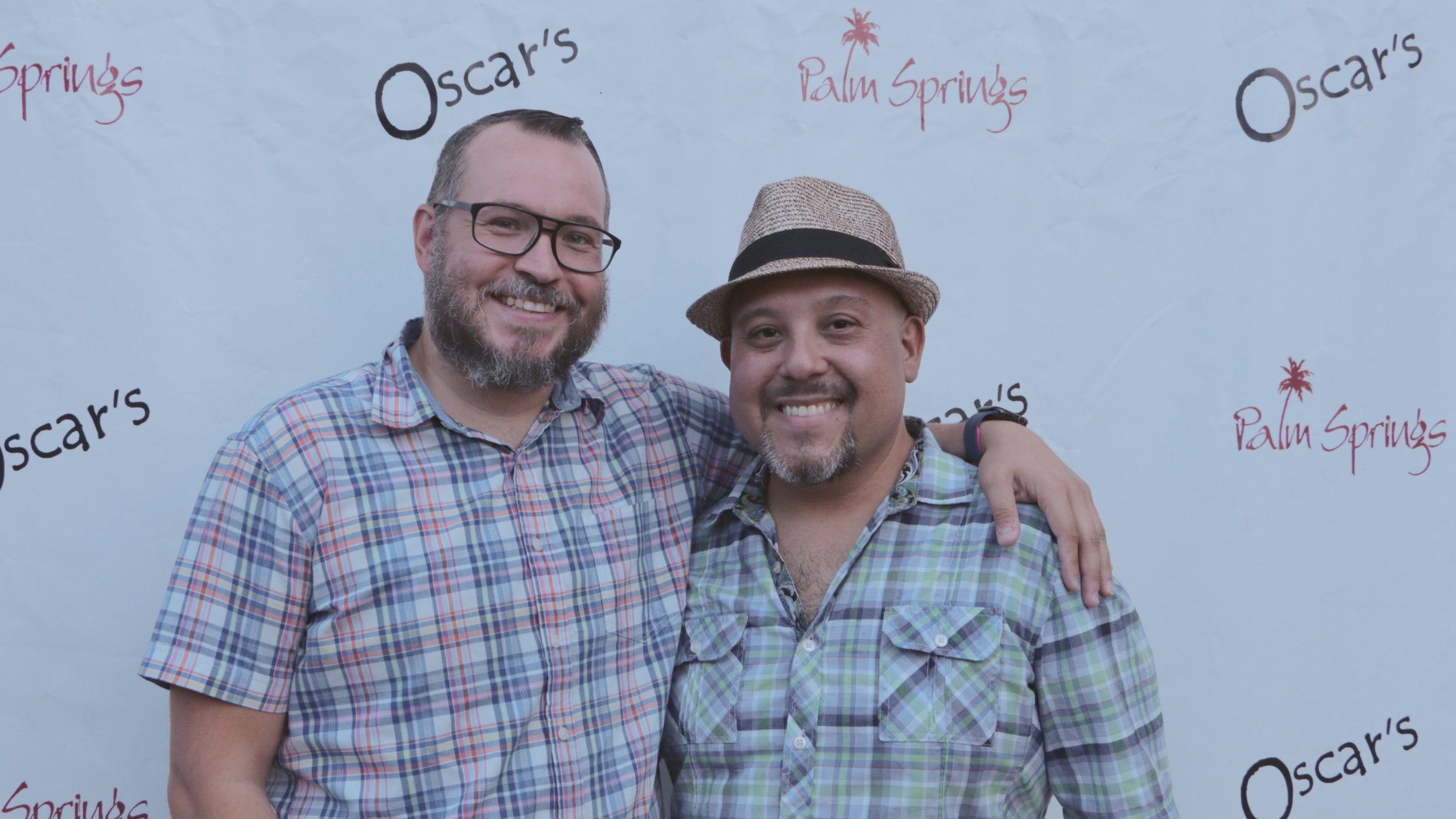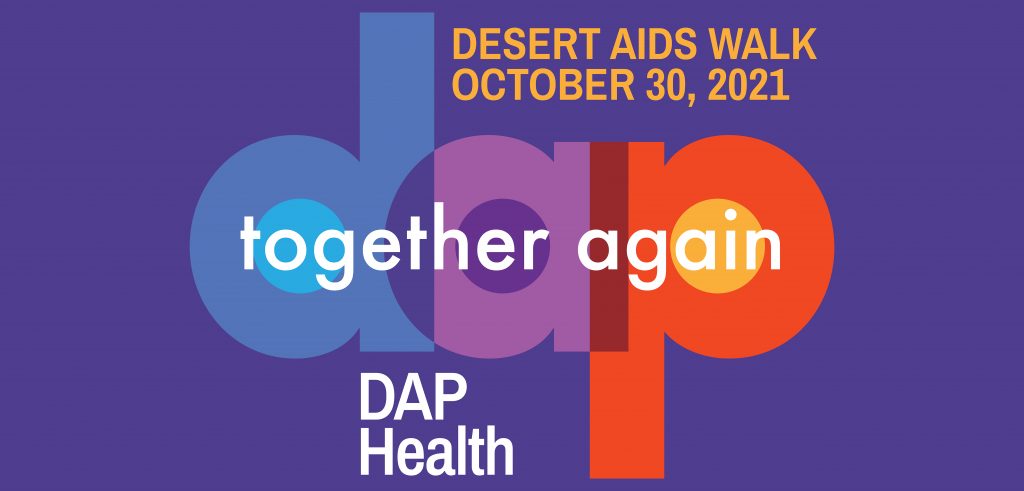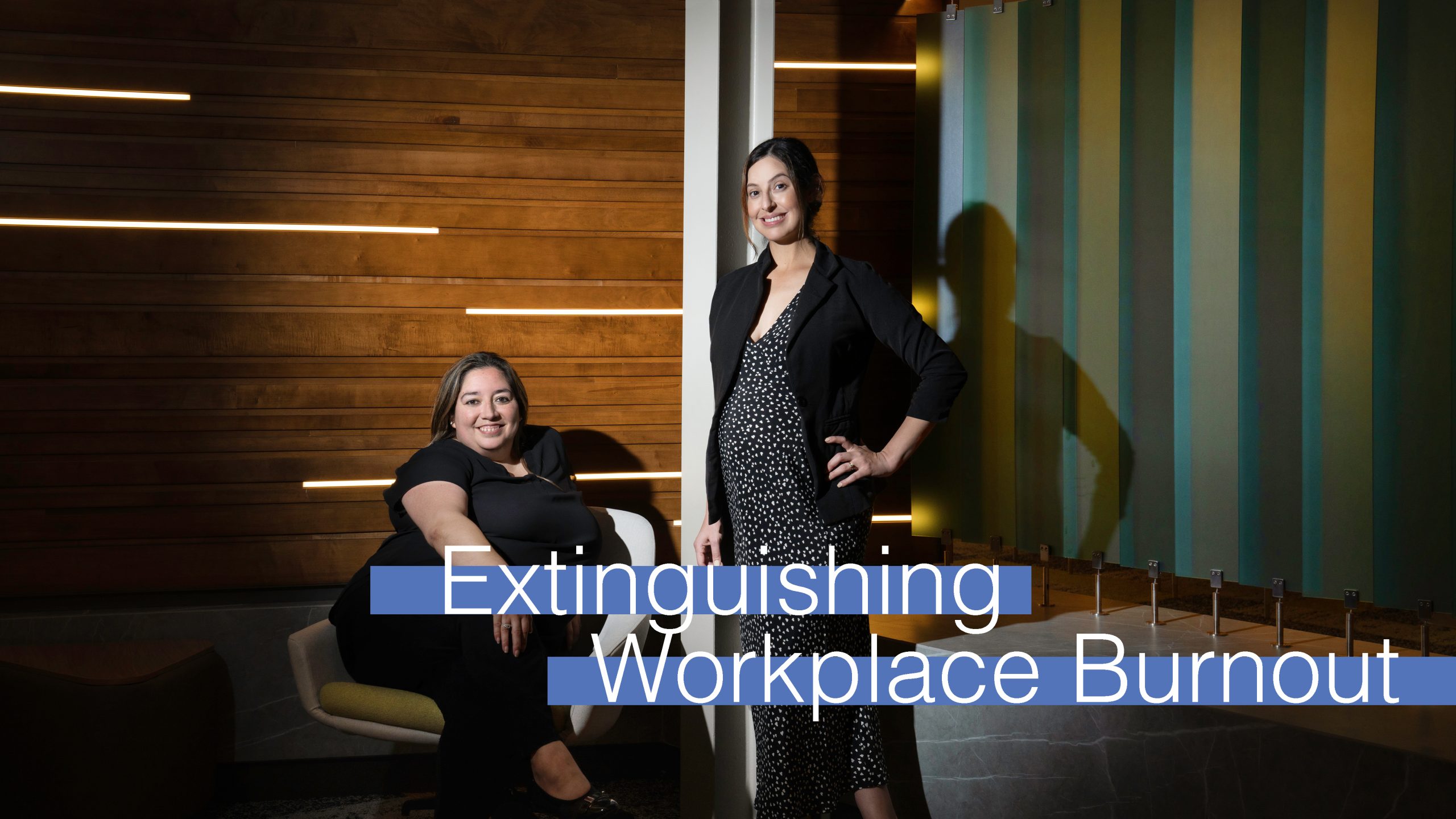
Extinguishing Workplace Burnout
With a novel approach to wellness benefits, DAP Health ensures employees remain in their happy place
Words by Victoria Pelletier
DAP Health understands that the key to helping individuals navigate through times of crisis is to meet the hurting ones where they are in their personal journeys. This deeply empathetic approach to healing — especially healing rooted among those in the LGBTQ+ community — requires listening, compassion, and a commitment to connecting those seeking healing with a variety of tools that support it. To make all this possible, DAP Health leans on the passion of its employees, individuals who innately understand what it’s like to experience exclusion, as well as emotional and physical pain.
DAP Health’s leadership cadre, led by CEO David Brinkman, recognizes that health care providers and other related professionals need vigorous health and wellness benefits themselves due to the tremendous stress associated with providing care to others. “Our wellness specialist and all the healers take health and wellness very seriously,” Brinkman notes, a sentiment that underscores the organization’s intent to combat the burnout pervasive in most work settings in the post-pandemic environment. “DAP Health honors all people,” Brinkman maintains, as the organization is “built around respect, admiration, and listening — values that create not only relationships but a community we all want to be a part of.”
By the Numbers
While burnout is on the rise across demographics, young workers seem especially vulnerable to a trend we might expect to see among those who have been in the workplace for a while. A recent study of 1,000 Gen Z workers conducted by the Mary Christie Institute found that half of respondents had “experienced mental and emotional hardships in the past year.” A closer look at the data showed that 43% of respondents reported anxiety symptoms, while 31% described symptoms consistent with depression. Worst of all? A whopping 53% of the Mary Christie survey respondents reported experiencing significant burnout in the previous year. Without targeted interventions and long-term supports in place, many of those experiencing burnout will join the ranks of the Great Resignation within the next 12 months.
Influence of “Quiet Promotion”
Along with the advance of the Great Resignation, the Quiet Promotion dynamic continues to gain a beachhead in the workplace, leading to greater risk of burnout among those choosing to remain in their jobs. “Quiet Promotion” refers to those tasked with managing more responsibilities in the workplace due to the expansion of employee resignations and absences.
Human resources guru Matthew Owensby of Aflac notes that employers, as well as employees, feel the pinch of all the turnover, and remain concerned that the personal suffering behind the resignation and promotion trends are here to stay. Owens notes, “A major concern of employee burnout is the impact on their well-being and how it affects engagement and retention.” In fact, an in-house study conducted by Aflac shows that in 2022, “more than half (59%) of American workers are experiencing at least moderate levels of burnout, a notable increase over 2021 (52%) and on par with the levels reported in 2020 at the height of the COVID-19 pandemic.” Amid his insights on burnout and overall employee health, Owensby notes “employers are looking for new ways to offer benefits that help improve their employees’ mental health balance.”
For DAP Health, innovation means immediate access to resources and benefits that can address challenges in employee health before they become overwhelming. More about that in a bit.
Burnout Defined
Burnout is pervasive in the workplace and can sap employee energy and motivation. But what is it, exactly? Burnout is a state of emotional, physical, and mental exhaustion caused by excessive and prolonged stress. The phenomenon leaves employees feeling overwhelmed by their work, emotionally drained, and often being unable to meet the demands in their portfolio of responsibility. Unchecked, burnout can spill over into one’s personal life, impacting the quality of relationships, personal health, and the ability to find enjoyment in activities and routines that once offered joy. Perhaps the most vexing aspect of burnout is that it can be slow-moving. The symptoms of burnout may gradually increase over time, until the one impacted is well beyond a place of healthy functioning.
Burnout in Health Care
DAP Health Employee Wellness Specialist Desiree Loredo and People Operations Manager Trish Sisneros understand that people serving in organizations like theirs are especially susceptible to burnout because of all the time invested in patients at various levels of wellness. Coupled with the recent history and lingering impacts of a global pandemic, the daily stress of work in health care can wear down even the most resilient employees.
Both Loredo and Sisneros agree caregivers seem to be the worst at self-care, a reality that means prevention is not enough. Self-care measures must be continuous, varied, and exciting. One of the assumptions Loredo and Sisneros make in their wellness approach at DAP Health is that it’s okay to be human and not get everything done.
Inasmuch, Loredo and Sisneros are proponents of mental, physical, and emotional “breathers” for DAP Health staffers, so that these compassionate caregivers will have the stamina and passion to offer ongoing support to those who need care. Further, breathers are just good medicine for everyone. Stepping away from the demands of work from time to time elevates one’s quality of life.
A Robust Approach to Wellness
For DAP Health employees, the benefits/wellness program continues to cultivate feelings of connection, longing, and value. Along with the typical health, dental, and retirement offerings you might expect from an organization with a large staff, DAP Health also provides a host of wellness perks to employees that underscore ongoing self-care, not just prevention. With the complete support of CEO Brinkman and DAP Health’s board of directors, the benefits/wellness program includes partnerships with local fitness programs, credit unions, and other service providers; access to yoga, massages, and Transcendental Meditation (TM); mobile apps to manage personal wellness options and meditation; provisions for “self-care days” in addition to traditional sick leave; and, among other perks, the ability to use a DAP Health gym.
Of course, the real strength of DAP Health’s benefits/wellness program is that it is people-focused, not cost-focused. Not too long ago, DAP Health employees participated in an organization-wide survey to measure the impact of burnout and the health of employee/management relationships as related to wellness. Out of this important work, initiatives were put in place that create healthy dialogue among employees and management, while also honoring the importance of employee input in crafting innovative wellness offerings. Employee engagement with Transcendental Meditation is one of DAP Health’s noteworthy innovations.
Meditation for Everyone on the Team
Bob Roth, CEO of the David Lynch Foundation, understands the positive impact of meditative practice. “Research shows that a simple meditation practice can reduce stress, prevent stress disorders, and improve cognitive function,” he notes. With more than 50 years of experience teaching TM, Roth sees meditation promoting wellness in a way a traditional medical model cannot. For a DAP Health employee, a 45-minute TM session can potentially lower their body’s level of cortisol, a hormone released as part of the body’s “fight, flight, fear” response to stressful inputs. While pointing out that “stress is destroying workplaces, families, and health,” Roth believes that educating people about the benefits of meditation, and then encouraging them to adopt a meditative practice, will mean better wellness outcomes for many. The data, and the anecdotal evidence offered by DAP Health employees who take advantage of this novel benefit, affirm Roth’s work and assertions about the benefits of meditation.
Burnout is on the rise. The Great Resignation and Quiet Promotion phenomena are outward, measurable signs of the ways burnout impacts great organizations. Ultimately, however, great workers and the people who love them are the silent sufferers of burnout. Hopefully, novel and robust benefits/wellness programs offered by organizations like DAP Health will turn the tide and bring more joy and passion to the workplace.
